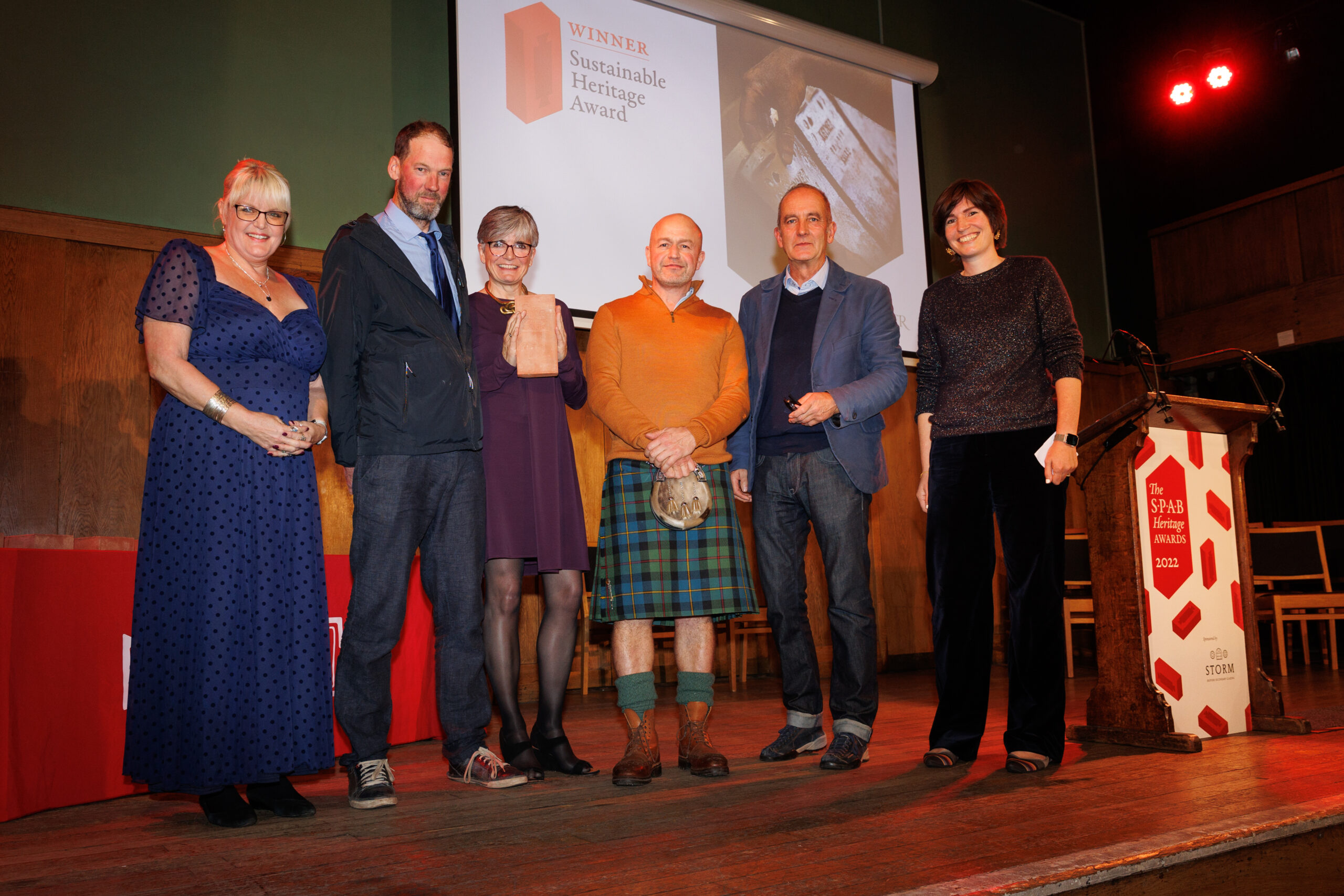News
Highlighting our relationship with SPAB
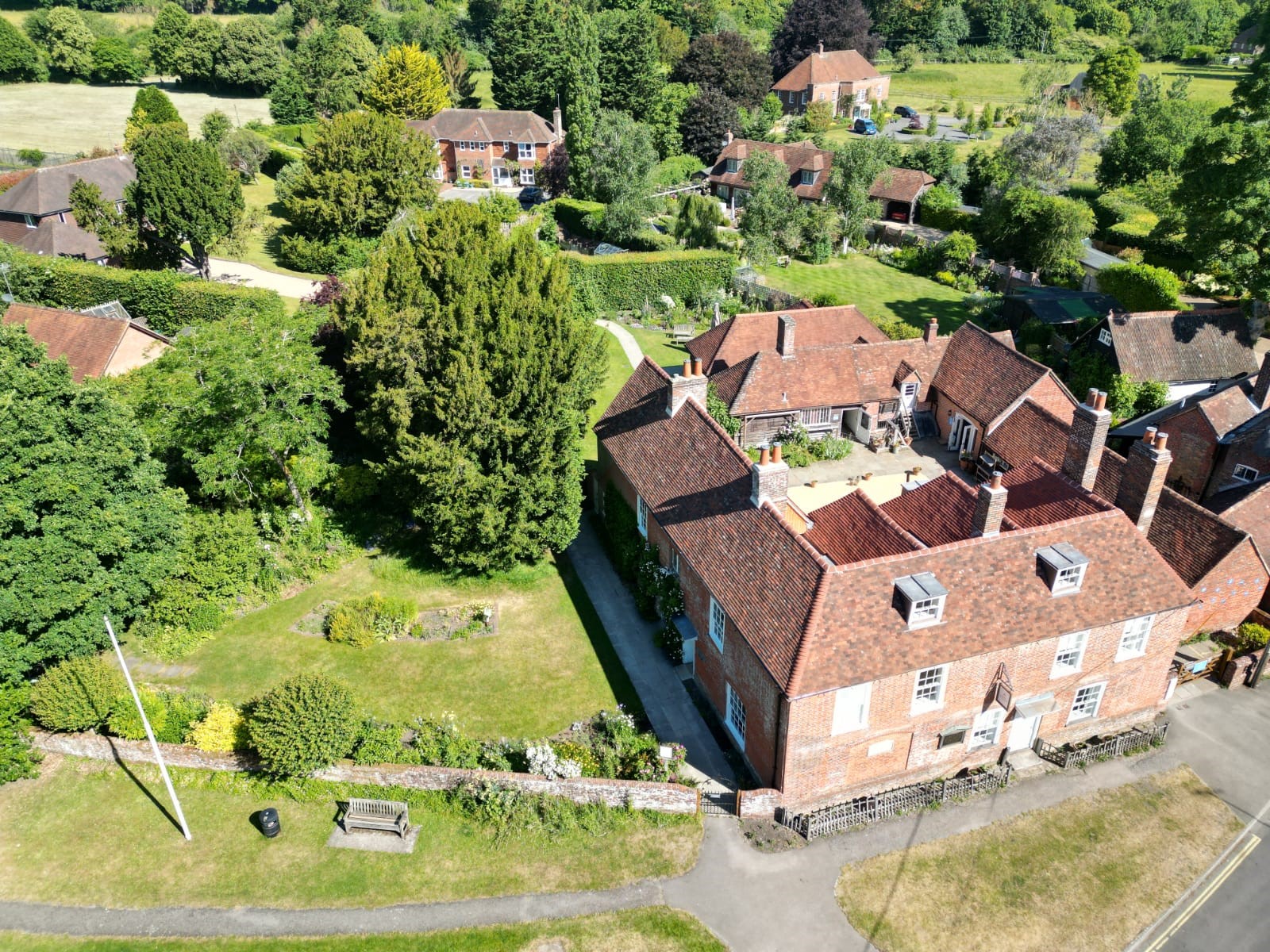

There is something mesmerising about watching building materials being handmade writes our Keymer Heritage Manager, Christine Leadbeater. At Keymer, the oldest of the UK’s roofing brands, every tile is mixed, moulded, cut and shaped by hand. The makers use exacting combinations of sand and clay to bring out variations of colour and texture within each tile, using methods that have been handed down from generation to generation, and skill that takes years to fully master.
It is this passion for craftsmanship and dedication to preserving history that drew the Keymer team to reach out and start working closely with The SPAB over the past few years.
From hosting visits of scholars and fellows at our works in Ewhurst, Surrey, to exhibiting at The Old House Show in Greenwich, and more recently to sponsoring the Sustainable Heritage Award at the 2022 SPAB Awards.
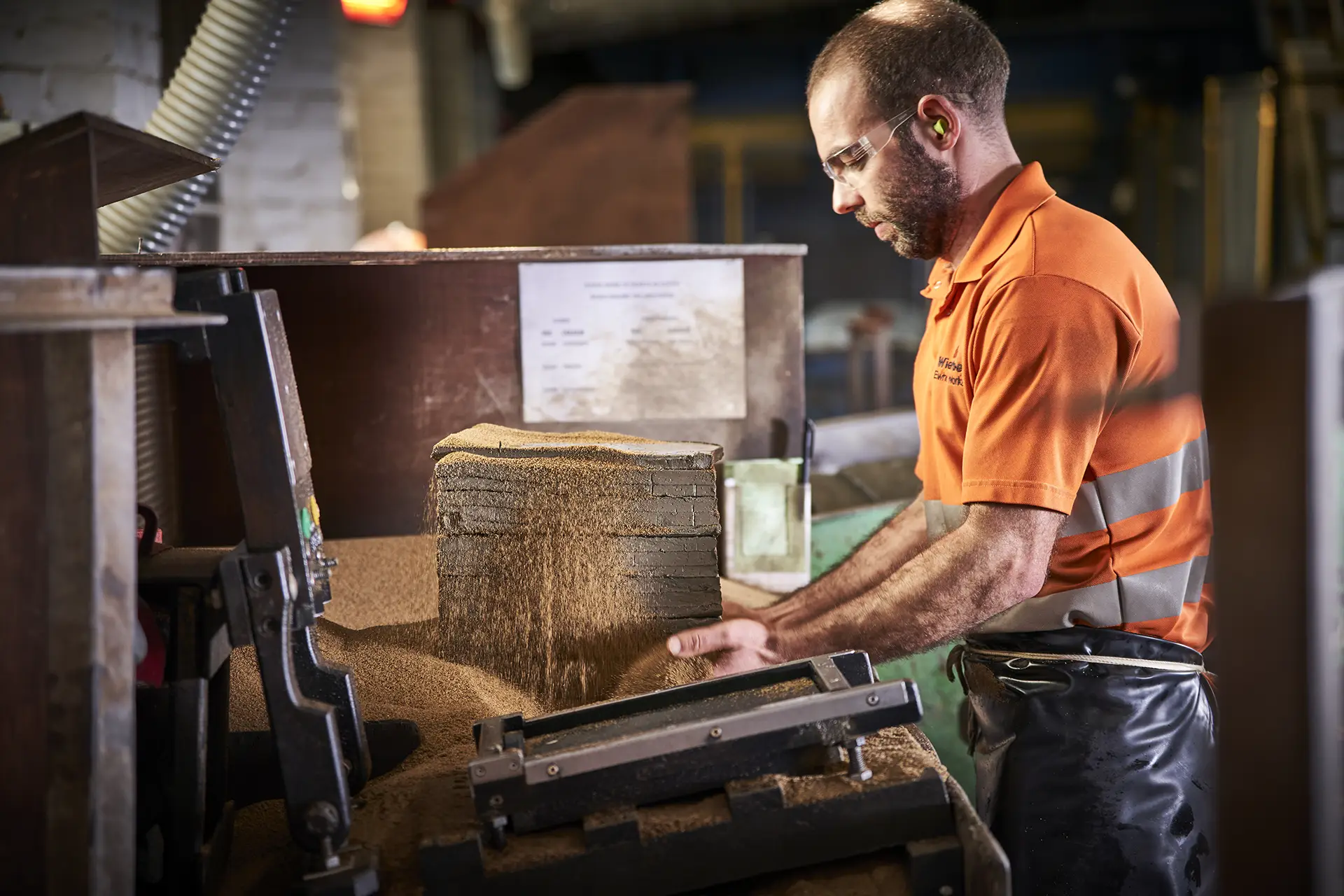
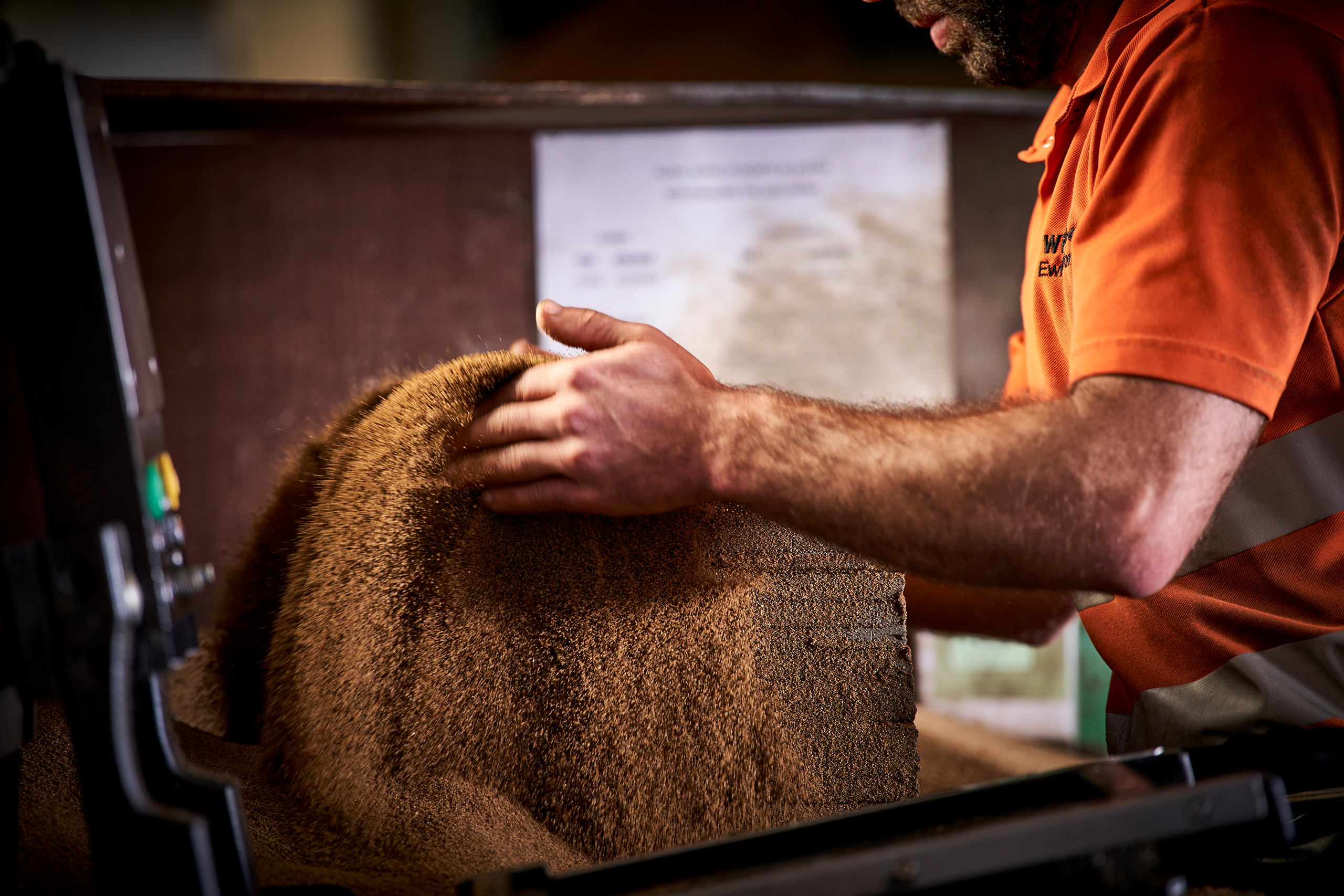
Our shared points of interest are instantly obvious to anyone who has ever visited our factories and seen our makers at work. Whether its handmaking a Keymer Peg Tile at Ewhurst, or reverse engineering and hand carving an old roman tile at our dedicated heritage factory at Broomfleet. And whilst making a roof tile by hand may not be as recognisable a skill as perhaps stonemasonry or carpentry, I can assure you that the craftsmanship and work that goes into handmaking and replicating roof tiles, to use as authentic replacement on historical buildings, is just as impressive a skill.
When approached to help restore any old building to its former glory, the first thing we look at are the existing tiles, to establish the quality of them, and then the area within the UK the building lies.
The area is as important as the quality, as it gives us an indication of where the tiles may have originally been produced. Our expert craftsmen have a wealth of knowledge of historical roofing manufacturers that are no longer in existence, and the methods they used to produce the tiles in the first place.
Along with the methods used, the raw clay is also of utmost importance. Under our feet in the UK are some of the most amazingly rich resources that can be found anywhere in the world. From beautiful natural slate in Cornwall, Wales and Scotland, to rich veins of varied and fantastic clay spread out across the UK. From deep reds, browns and oranges, the plum-coloured hues of heather, the muted blues of the Staffordshire tiles, the buff coloured gault clay of Cambridge, and of course the stunningly beautiful natural red of Weald Clay, found only in a vein in the South of England, and the clay we have been handmaking Keymer Tiles in since 1588.
When we are looking at reproducing historical tiles for restoration work, the clay is the starting point. If we don’t have access to the particular clay the original tile would have been made from, we can replicate this by a number of methods. The first is to control the kiln atmosphere during firing. The iron content which occurs naturally in clay, undergoes a chemical change, which can produce a wide spectrum of natural colours. Other methods include adding sand, pigment, or spray, or even to rough up the surface of each tile with a wire brush! And whilst some of the methods used to recreate shade and tone are high tech, many of the methods we use are really this simple. Throwing stones at the tiles, adding texture with a brush, using a paint roller to mottle the surface, for example. There have been many interesting brainstorming meetings with some interesting outcomes I’ve attended!
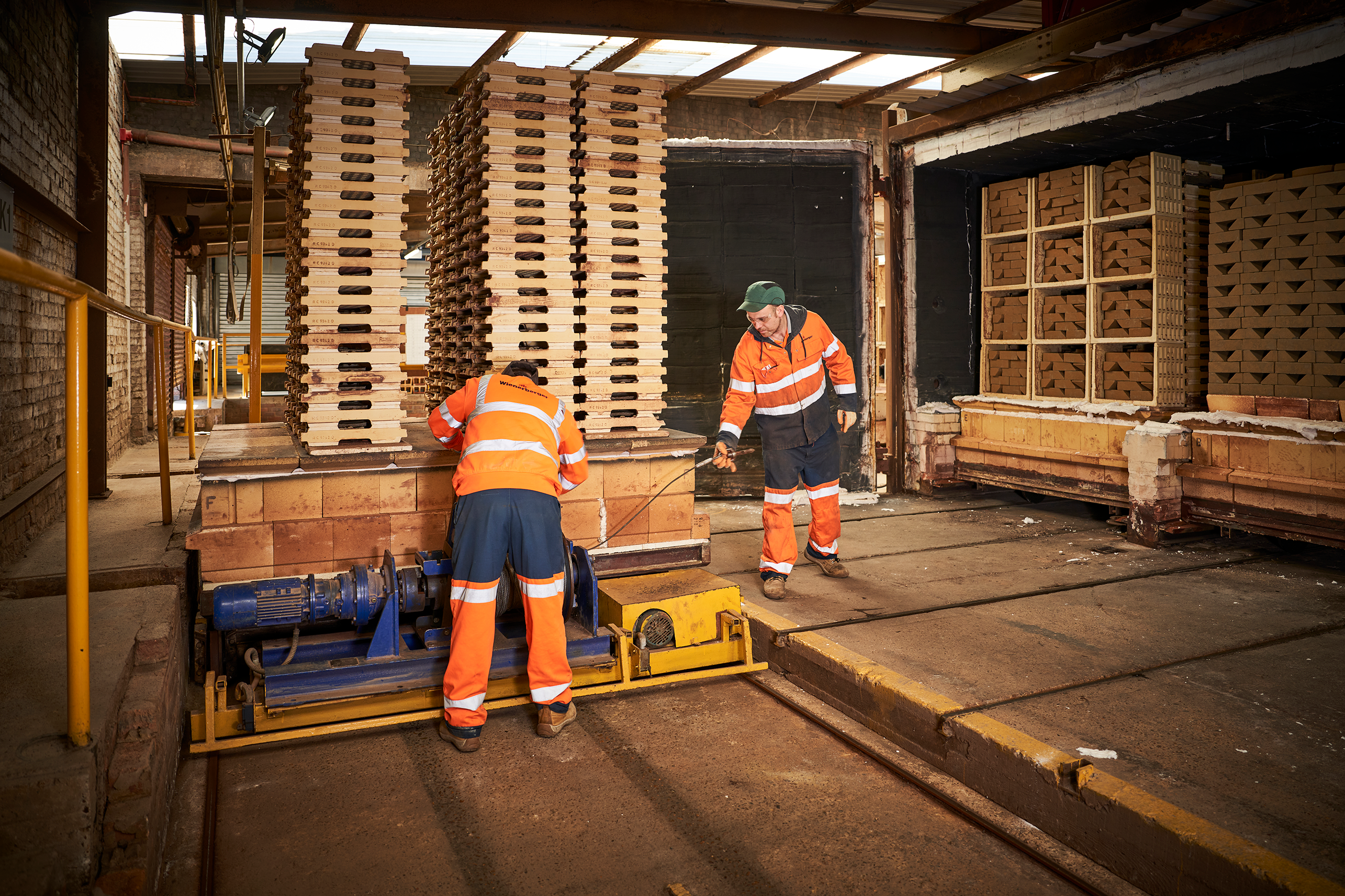
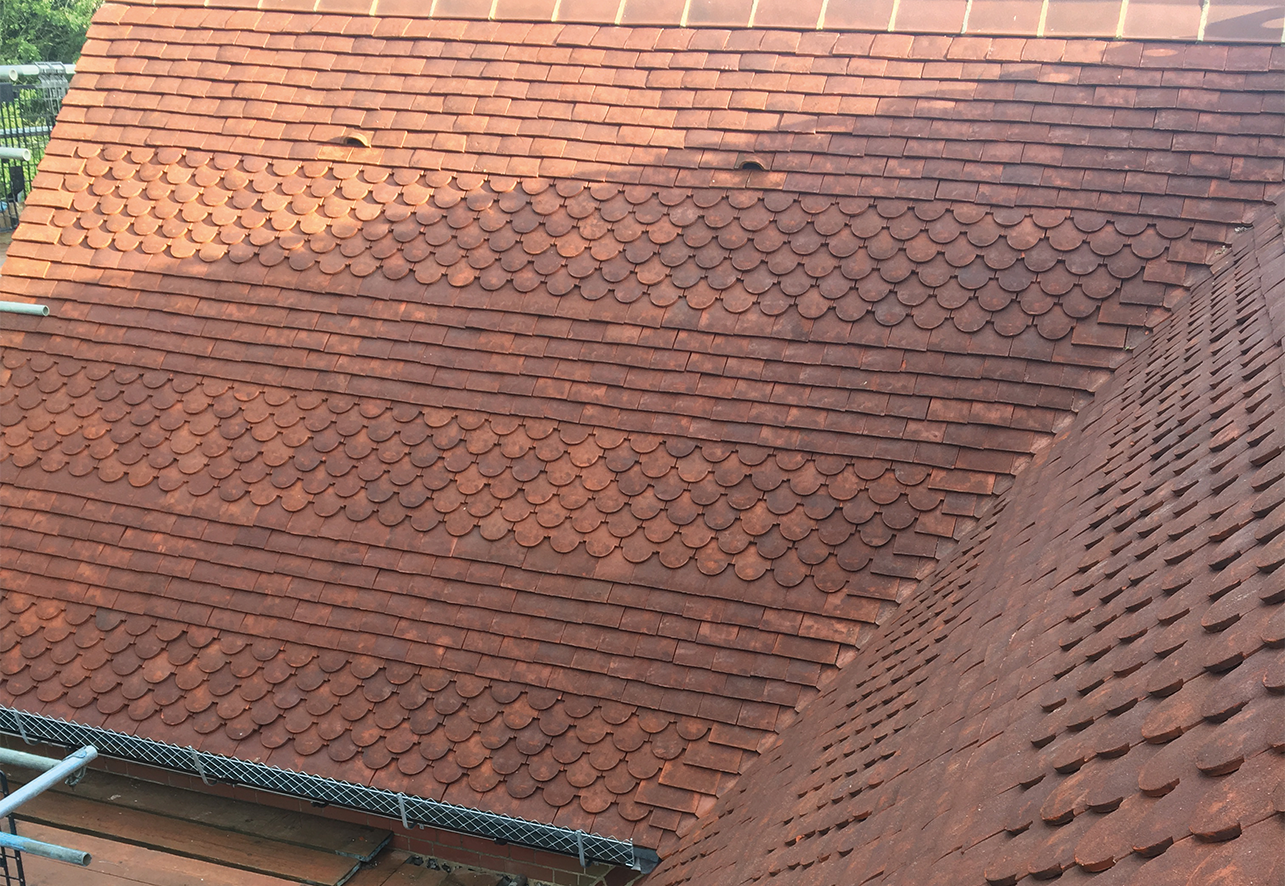
The use of natural and sustainable materials is always forefront in our minds, to ensure that the tiles we produce not only replicate the originals, but will last for at least 100 years and fit beautifully within the environment they are made for.
Using a product such as natural clay gives us so much scope to work with, and as it weathers down and settles into its new home, it will naturally become one with nature. Many of the projects we work on, both with SPAB, and with other historical organisations, rely on this as we face a real and present danger to our biodiversity. Bats, swifts, sparrows and starlings are all in a rapid state of decline, and ensuring we provide suitable habitats for these and other wildlife is imperative. Natural clay products, such as Keymer Tiles, and clay bricks made by our parent company wienerberger, provide a suitable raw material to produce such habitats.
From swift boxes, to bat tiles and bee boxes, we make a range of habitats as diverse as the wildlife it helps to sustain, to suit both our standard and bespoke historical tiles and bricks.
All of this knowledge and passion is what drives us to work with organisations such as The SPAB. If there is a more passionate group of people out there dedicated to the hands on restoration of old buildings, day in day out, with little recognition, but for the sheer love and passion of it, then I’m not sure I’ve met them!
In this, The SPAB and Keymer have, and will always, align.
At Keymer we are always keen to work on important regeneration projects, such as Queens College in Cambridge. Alongside smaller and equally (or perhaps more) important projects such as Jane Austen’s House. Who’s to say which is more important in terms of historical significance. Is Chartwell, Winston Churchills country home as important when it comes to being restored as say, an old Vicarage in Suffolk? Some would say maybe not, but not us. And not SPAB.
What matters is that these beautiful old buildings are restored and preserved, without compromising the history and the character of the buildings in any way. And this can be challenging, believe me!
One building with no insulation and bats in the roof can be far more challenging to work on than, say, an entire estate of new build homes. Working within the confines of the conservation and historical industry is not a quick process, and I’ve come across many a listed property owner who, even after a couple of years in their new listed home, still resemble a rabbit in the headlights!
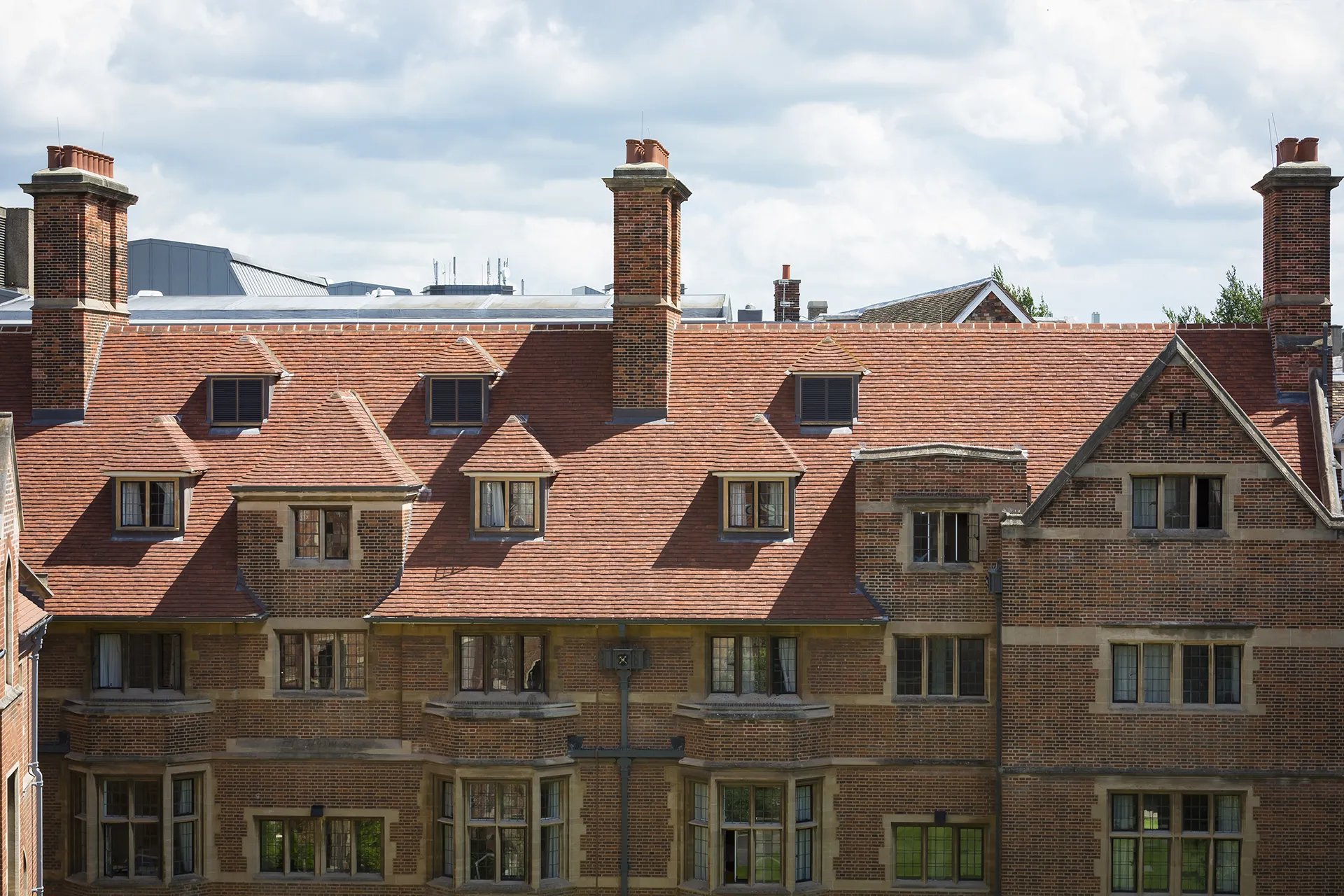
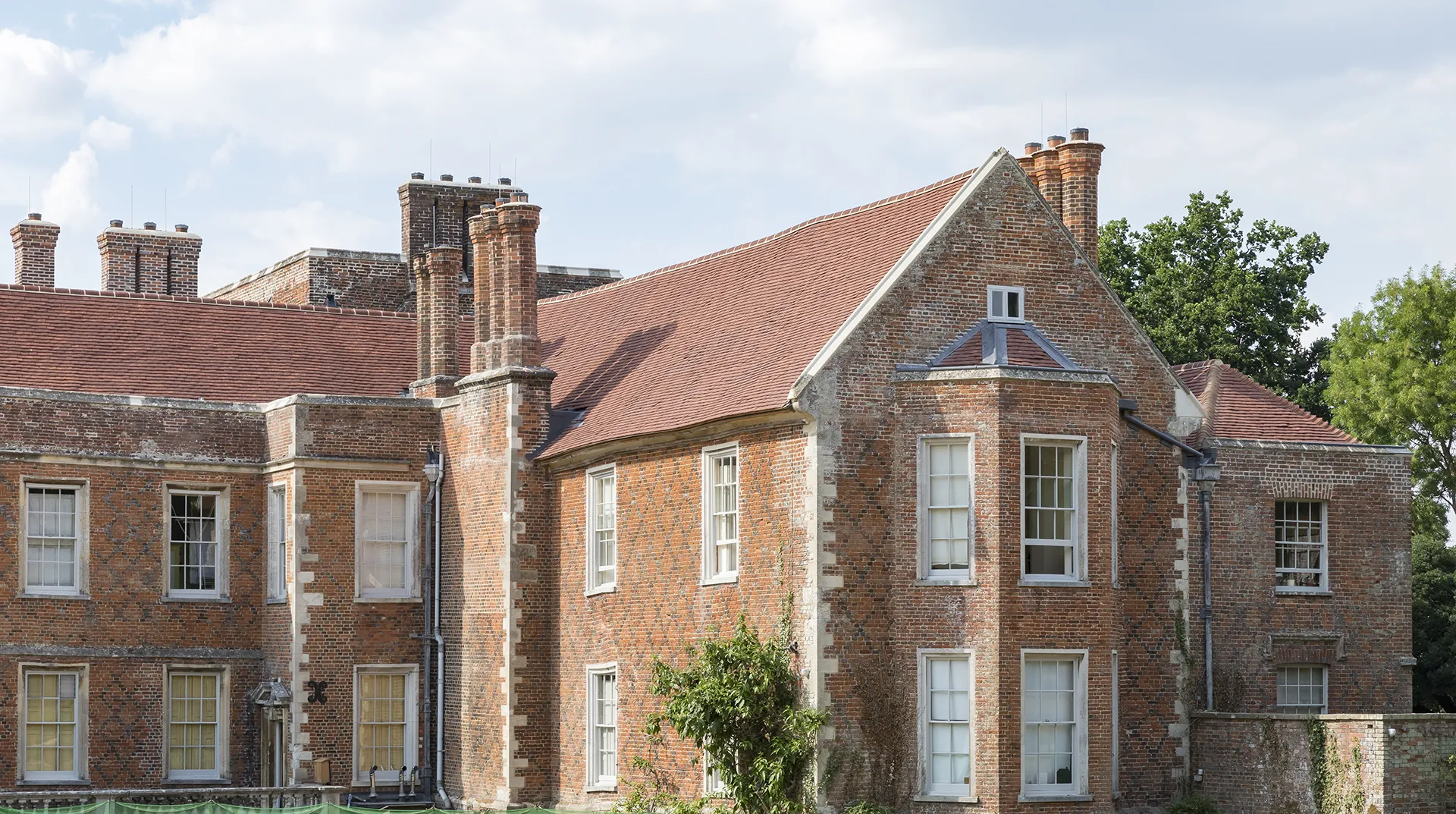
But it is this dedication to preserve and restore history that drives us on. To hand make beautiful products, to work with architects and engineers and conservation officers and historical bodies and to showcase our skilled craftsmen at events and on training days.
What we do at Keymer, and what we love, isn’t selling tiles. And whilst that may sound like an oxymoron, because, lets face it, we are a commercial business after all… Its not our primary focus. Helping architects find specification solutions for their projects is what we love to do. Working with communities to involve them in the restoration of a project in their area, like The Vyne at Basingstoke, or Dover Castle. What could be better than that. Taking clay and sand and getting visitors to have a go at the traditional skill of hand making a tile at The Weald & Downland Museum. That’s what we do. And the sales naturally follow from there. Why wouldn’t they? Showing people just what a wonderful and beautiful thing it is to get your hands dirty and play with the clay, and hey presto, you’ve also just made your own roof tile! That’s the tile you want on your roof, surely!
I was asked to write an article about why I think Keymer and The SPAB work together. How do we align. What are our shared interests. And honestly, the words just flowed.
Last year sponsoring the Sustainable Heritage Award at the SPAB Awards was such a natural and obvious opportunity for us at Keymer, that it almost wasn’t even a question! Would we sponsor an award, we were asked? Ah, yes, why wouldn’t we! The fact that the Sustainable Heritage Award was still up for grabs looking for sponsorship seemed too good to be true.
It was such an honour and a privilege to present the award to the winners, 4 Black bull Close, Dunbar. What an amazing and impressive project, a well-deserved win. This 18th-century house, repaired from roofless ruin to a beautiful, functional and warm building for the Ridge SCIO, using sustainable materials, traditional skills and techniques that directly align with what we do every single day at Keymer. A natural fit in every way possible.
And all of this is passion, dedication, hard work and skill comes down to one thing. People. It is people who make a difference. People who take pride in what they do, where they work, and who try and make sure that everything they do somehow leaves a positive impression on the world.
We have people who have been working in our Keymer Heritage factories for over 30 years! A visit to our works at Ewhurst will show you from the moment you arrive, just what I’m talking about. From the welcome at the front desk, to the beautiful planters and outdoor area the staff themselves have built to eat their lunch in. There is even a pond with a duck house and a bench should you want a little quiet time on your break. It is not, perhaps, what people first expect with they come to visit! But is shows something from the first moment. It shows that the people who work here care. And that care and quiet dedication shows in the products they produce day in and day out.
In the same way that people power is what The SPAB is. Without people who care, where would any of us be!
